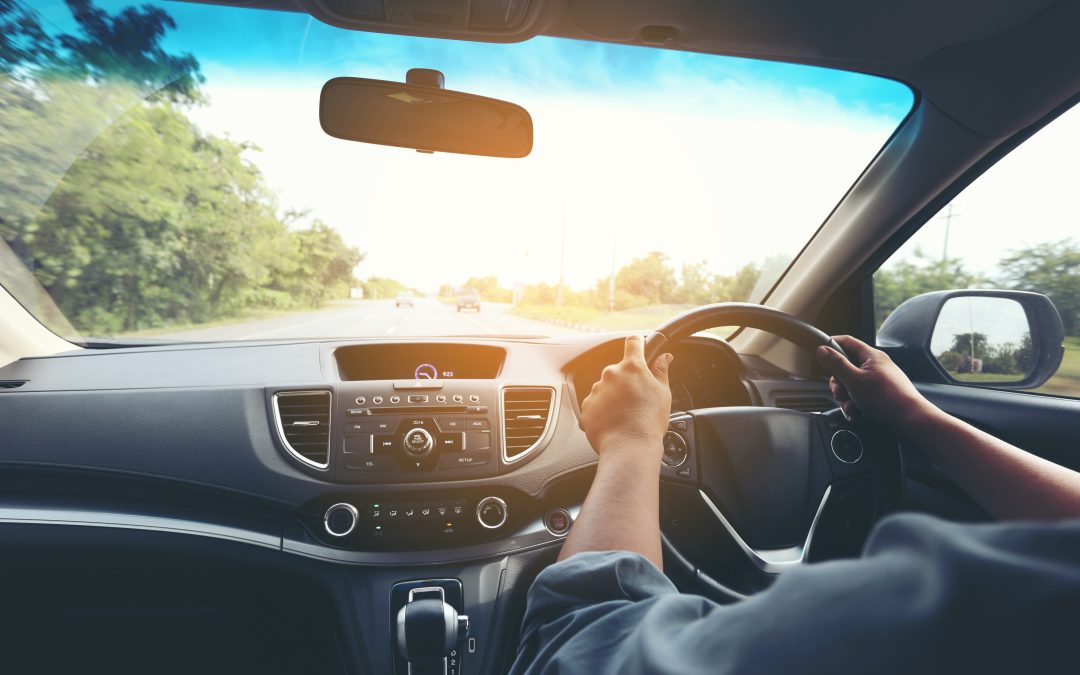In a world where environmental concerns and the cost of fuel are at the forefront of every motorist’s mind, adopting eco-driving habits has never been more critical. Whether you’re behind the wheel of a compact car or a heavy-duty SUV, there are simple steps you can take to both save fuel and reduce your carbon footprint. In this article, we’ll explore a range of eco-driving techniques and maintenance tips that can help you save money and protect the environment.
Regular Maintenance: The Key to Efficiency
One of the cornerstones of eco-driving is proper vehicle maintenance. By keeping your car in optimal condition, you can ensure that it runs efficiently and uses fuel more effectively. Here’s what you should consider:
- Regular Servicing: Schedule regular maintenance checks to keep your car in peak condition.
- Choose the Right Engine Oil: Consult your car’s handbook to select the correct engine oil, as using the wrong type can impact efficiency.
- Maintain Proper Tyre Pressure: Under-inflated tyres can cause your vehicle to consume more fuel. Regularly check and adjust your tyre pressure, especially before embarking on long journeys.
Before You Hit the Road
Before setting off on your next adventure, take a moment to consider these fuel-saving strategies:
- Travel Light: Excess weight in your vehicle leads to increased fuel consumption. Only pack what you need for your trip.
- Reduce Drag: Roof-racks and boxes create drag, which can significantly impact fuel efficiency. If possible, remove them when not in use.
- Avoid Idling: Idling your engine consumes unnecessary fuel. Start your engine only when you’re ready to depart.
- De-Icing: In cold weather, avoid idling to warm up your car. Instead, scrape ice off your windscreen manually.
- Plan Your Journey: Wasting fuel by getting lost is avoidable. Check traffic updates before your trip and plan your route accordingly.
- Combine Short Trips: Cold starts are less efficient. Whenever possible, combine multiple short trips into one.
- Consider Alternatives: For very short distances, contemplate walking or cycling instead of driving.
Driving Techniques for Fuel Efficiency
When you’re on the road, adopting certain driving habits can significantly enhance your vehicle’s fuel efficiency:
- Smooth and Steady: Accelerate gently and maintain a smooth driving style to reduce the need for sudden braking.
- Keep Rolling: Avoid coming to a complete stop whenever possible, as restarting consumes more fuel than rolling at a slow pace.
- Shift Up Earlier: Change gears at an engine speed of around 2,000 RPM for diesel engines or 2,500 RPM for petrol engines. Gear shift indicators can guide you to the optimal gear.
- Air Conditioning: Use your air conditioning judiciously. At low speeds, it increases fuel consumption, so opt for open windows in urban settings and save air-con for high-speed driving.
- Minimise Electrical Load: Turn off rear window heaters, demister fans, and headlights when they are unnecessary.
- Stick to Speed Limits: Higher speeds result in increased fuel consumption. Driving at or below the speed limit can help save fuel.
Stop/Start Systems
Modern vehicles equipped with automatic stop/start systems have advanced components to ensure the system’s efficiency. However, if your car lacks this feature, use caution when manually shutting off the engine to save fuel:
- Engine Warm-Up: Only turn off the engine to save fuel when it’s warm, and you anticipate not moving for an extended period.
Don’t Coast
Coasting downhill in neutral used to be a popular method to save fuel, but it’s no longer recommended for several reasons:
- Loss of Control: Coasting in neutral limits your ability to accelerate quickly or respond to unexpected situations.
- Brake Overheating: You lose engine braking when coasting, increasing the risk of overheating your brakes.
- Ineffectiveness: Modern fuel and ignition systems are designed to cut fuel supply when the accelerator is released, negating any fuel savings from coasting.
Measuring Your Savings
To track your progress and quantify your fuel savings, follow these methods:
- Onboard Computer: If your vehicle has an onboard computer displaying miles per gallon (MPG), you can easily monitor your savings by resetting it and comparing averages over similar periods and types of driving.
- Manual Calculation: For vehicles without an onboard computer, record your mileage before and after refuelling. Divide the total mileage by the litres of fuel used and multiply by 4.546 to calculate MPG.
By adopting these eco-driving practices and staying committed to regular maintenance, you can significantly reduce your fuel consumption, save money, and contribute to a greener and more sustainable future for all. Remember, every small effort counts when it comes to preserving our environment and your wallet.
